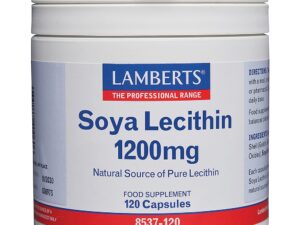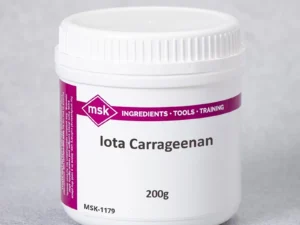Description
Calcium Sulfate: More Than Just Plaster of Paris
Calcium sulfate, a compound that’s probably more familiar than you think, plays a far wider role in our lives than just mending broken arms. From construction and agriculture to food production and dentistry, this versatile mineral, often found in its gypsum form, is a key ingredient in numerous applications.
What is Calcium Sulfate?
At its heart, calcium sulfate is an inorganic compound with the chemical formula CaSO₄. It’s derived from gypsum, a naturally occurring sedimentary mineral composed primarily of hydrated calcium sulfate. This hydration is crucial, as the degree of hydration determines the specific properties and uses of the compound.
You’ll typically encounter calcium sulfate in two main forms:
- Dihydrate (CaSO₄·2H₂O): This is the natural form found in gypsum.
- Anhydrous (CaSO₄): Essentially, this is gypsum that has had most of its water molecules removed through heating.
A Foundation of Construction: Plaster, Cement, and Drywall
Perhaps the most well-known application of calcium sulfate is in construction. Gypsum is heated to drive off some of its water, creating plaster of Paris (calcium sulfate hemihydrate, CaSO₄·½H₂O). This partially dehydrated form can be mixed with water and moulded, setting into a hard, durable solid as it reabsorbs water and reverts to the dihydrate form.
- Plaster of Paris: Used for moulding, casting, and creating decorative elements, as well as medical casts.
- Cement: Calcium sulfate, in the form of gypsum, acts as a retarder in Portland cement. It controls the rate at which the cement hydrates, preventing flash setting and allowing for proper working time.
- Drywall (Gypsum Board): Layers of gypsum plaster are sandwiched between sheets of paper, creating drywall, a common and cost-effective building material for interior walls and ceilings. Its fire-resistant properties make it a valuable safety feature.
Boosting Plant Growth: Agriculture and Soil Amendment
Calcium sulfate also plays a significant role in agriculture. It’s used as a soil amendment to:
- Improve Soil Structure: It helps to break up compacted soils, improving drainage and aeration.
- Provide Essential Nutrients: It delivers calcium, an essential plant nutrient, and sulfur, which is vital for protein synthesis.
- Reduce Aluminum Toxicity: In acidic soils, aluminum can become toxic to plants. Calcium sulfate can help to neutralize the aluminum, making the soil more hospitable.
- Reclaim Alkaline Soils: It can help to reduce the pH of excessively alkaline soils.
A Food Additive: From Tofu to Beer
You might be surprised to find calcium sulfate in your food. It’s a common food additive (E516) used for various purposes:
- Tofu Production: It’s a crucial coagulant in tofu production, allowing the soybean milk to solidify into the desired texture. The resulting tofu is often richer in calcium than tofu made with other coagulants.
- Brewing: Brewers add it to brewing water to adjust the mineral content, particularly to enhance the clarity and flavor of beer.
- Other Applications: It’s also used as a dough conditioner, firming agent, and stabilizer in various processed foods.
More Than Meets the Eye: Other Applications
Beyond these common uses, calcium sulfate has a variety of other applications:
- Dental Applications: In dentistry, it’s used in dental casts, impressions, and bone grafting materials.
- Desiccant: Its ability to absorb water makes it a useful desiccant (drying agent) in laboratory and industrial settings.
- Pharmaceuticals: It can be found as an excipient (inactive ingredient) in certain medications.
A Sustainable and Versatile Material
Calcium sulfate, particularly when sourced from natural gypsum deposits, is a relatively sustainable material. Gypsum is abundant and relatively easy to mine. Furthermore, gypsum board can be recycled, reducing waste.
In conclusion, calcium sulfate is a remarkably versatile compound that touches many aspects of our lives. From the walls that shelter us to the food we eat, this unassuming mineral plays a crucial role in modern society. Its diverse applications, coupled with its relatively sustainable sourcing, make it an indispensable material for the foreseeable future.



















Reviews
There are no reviews yet.